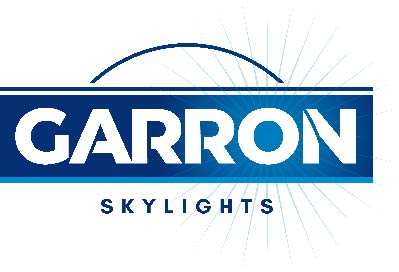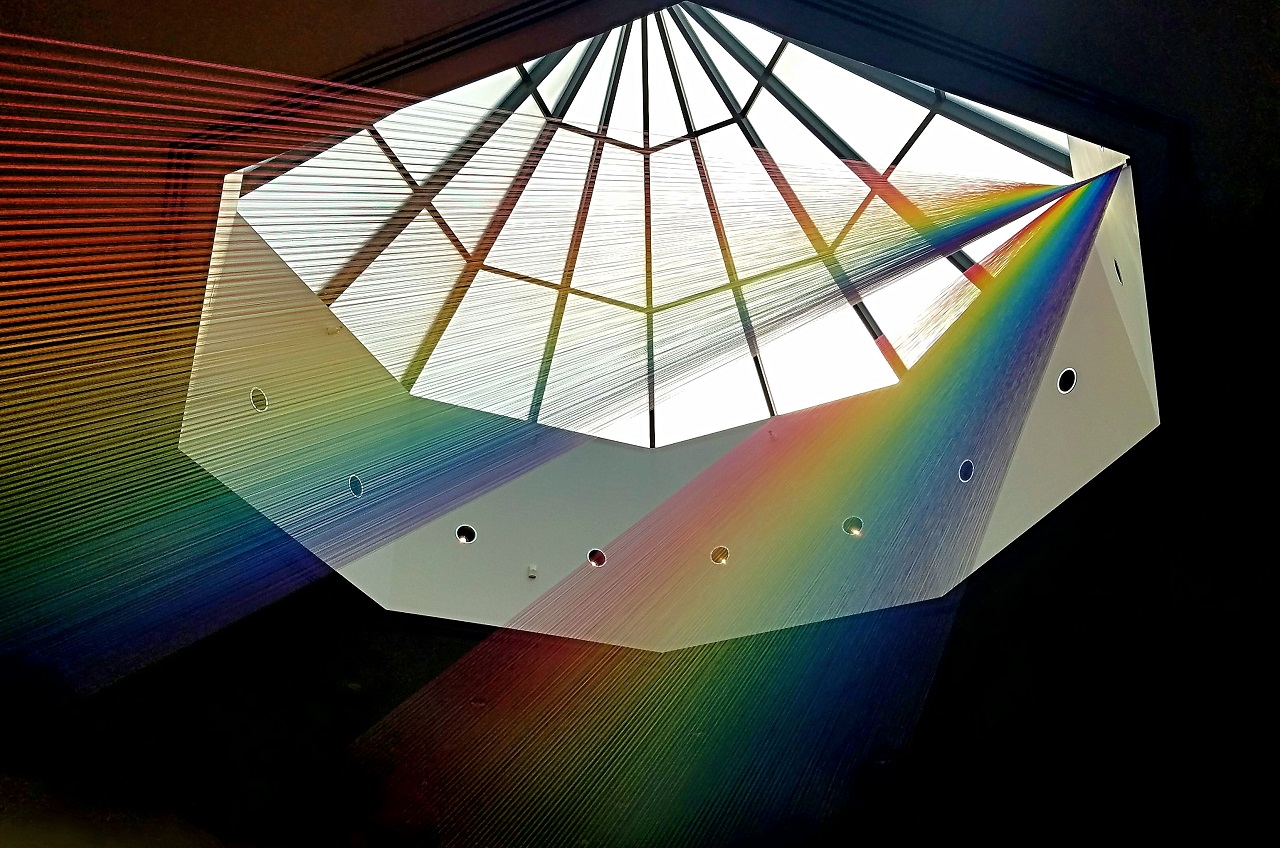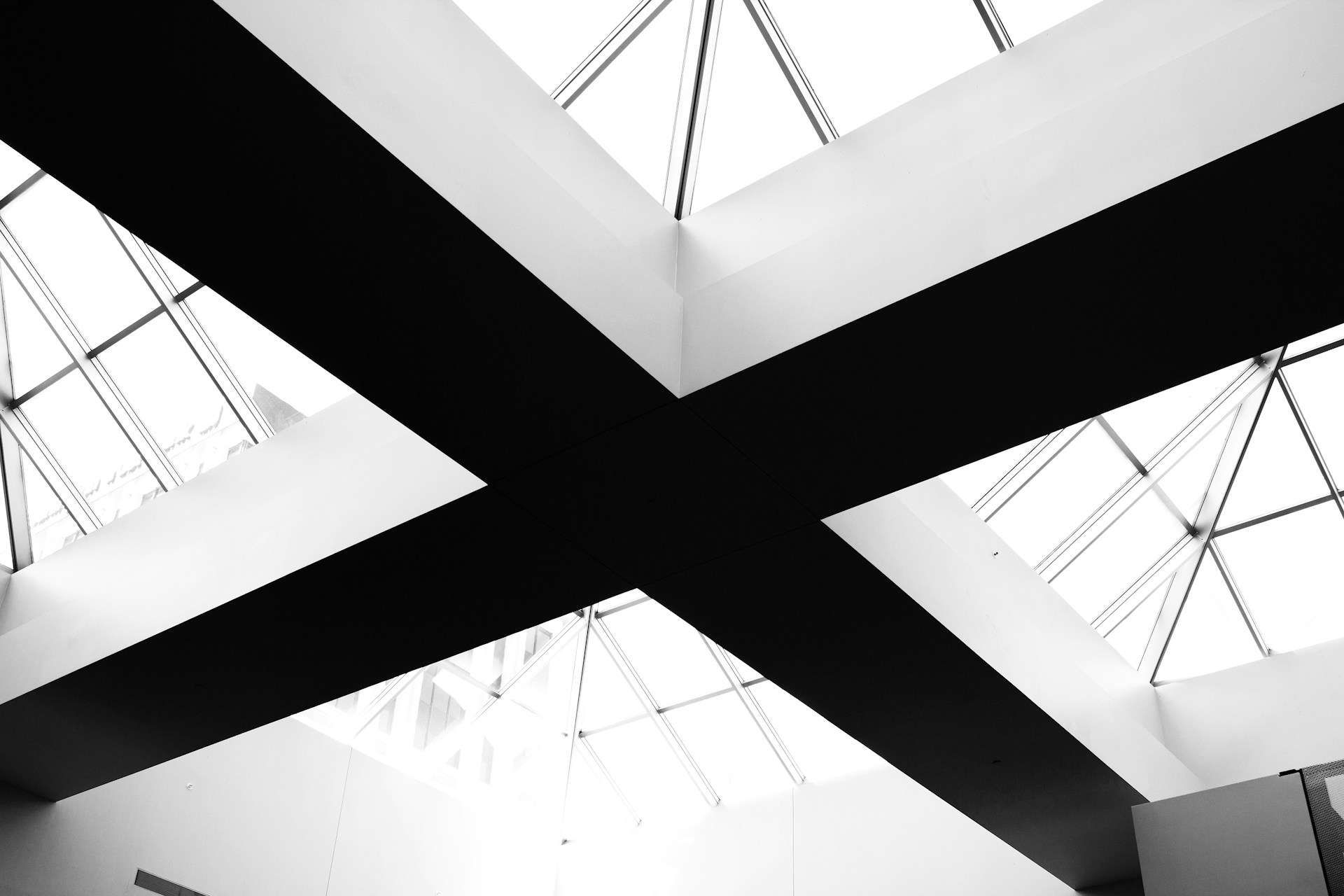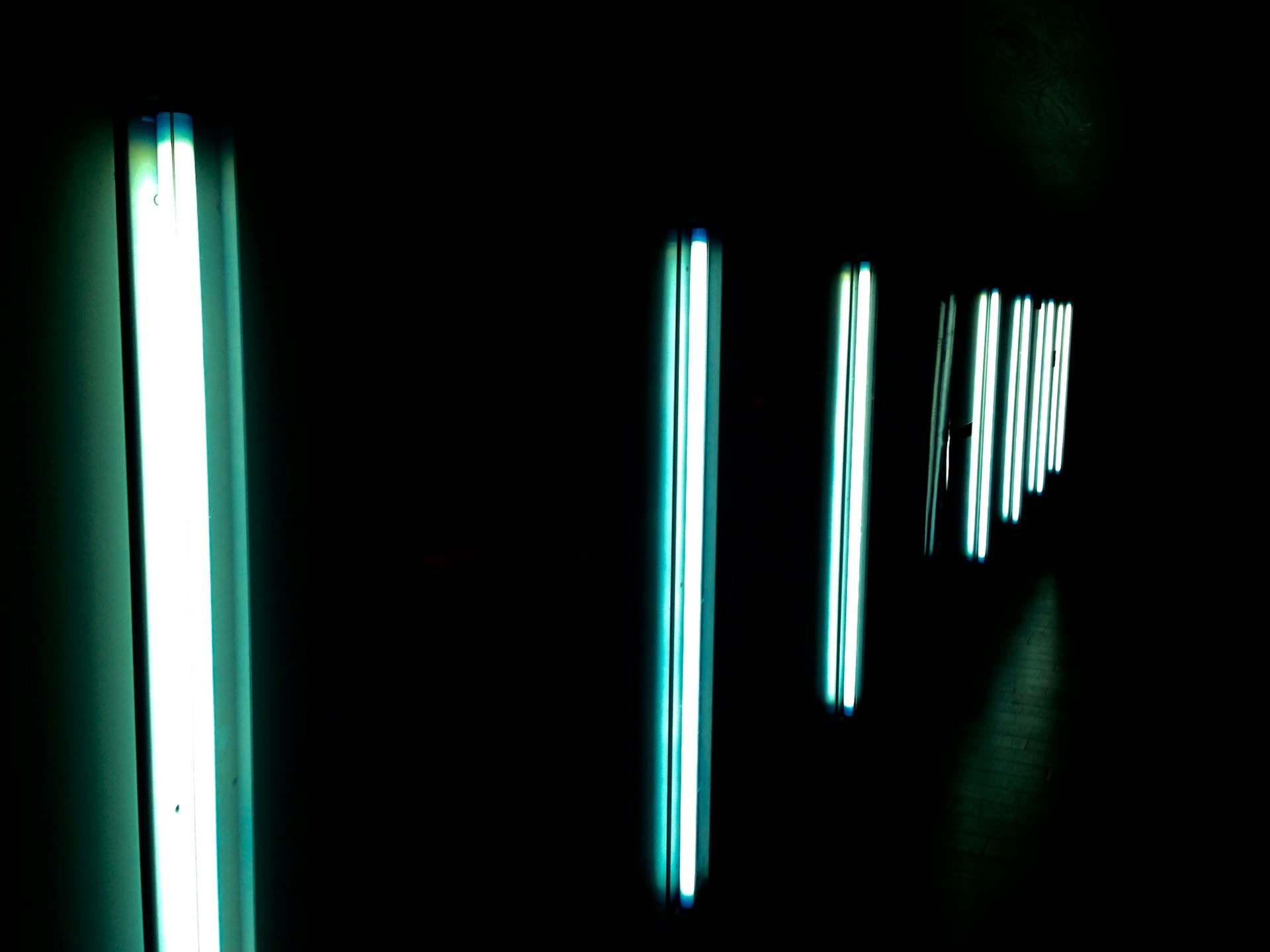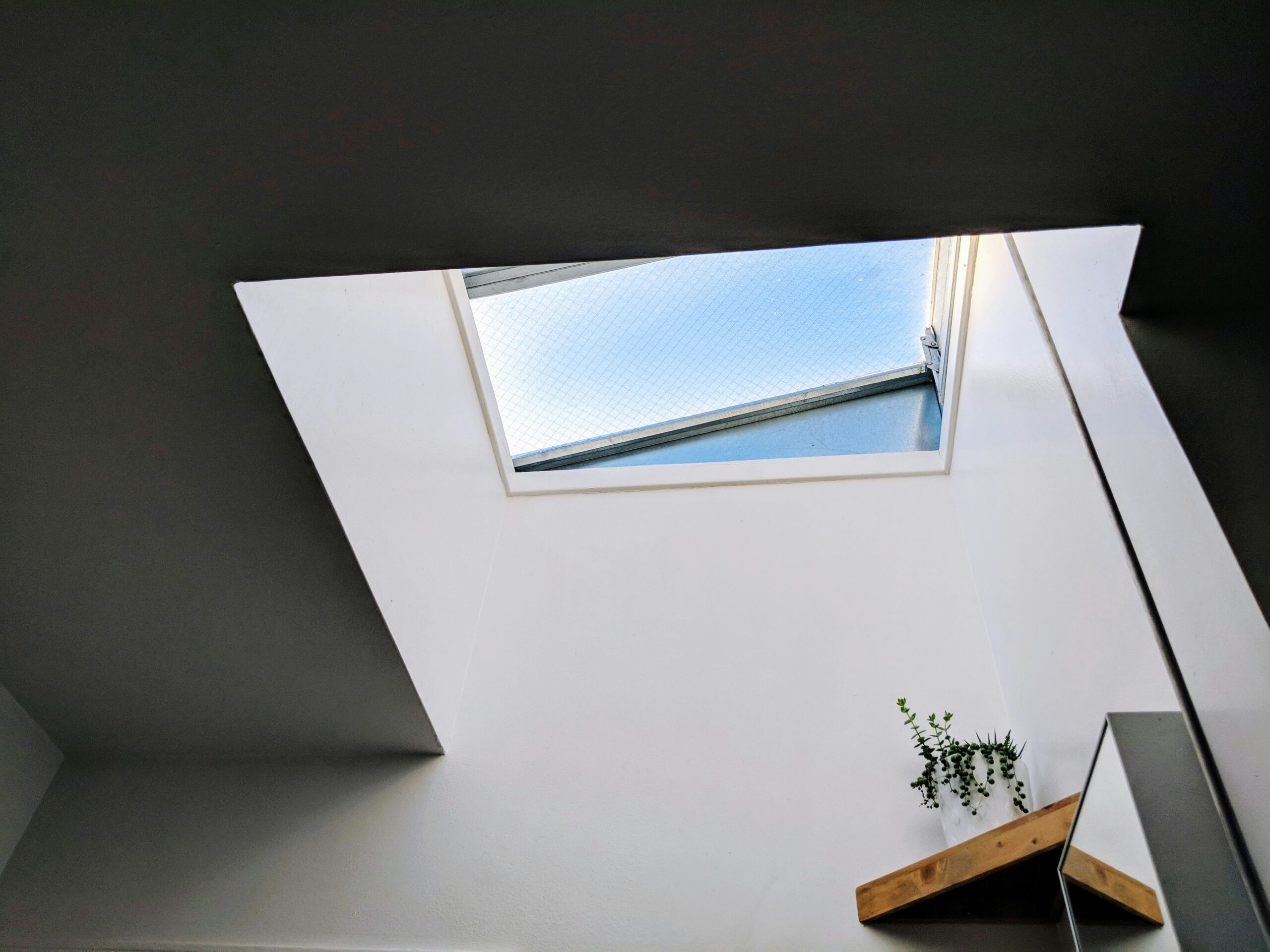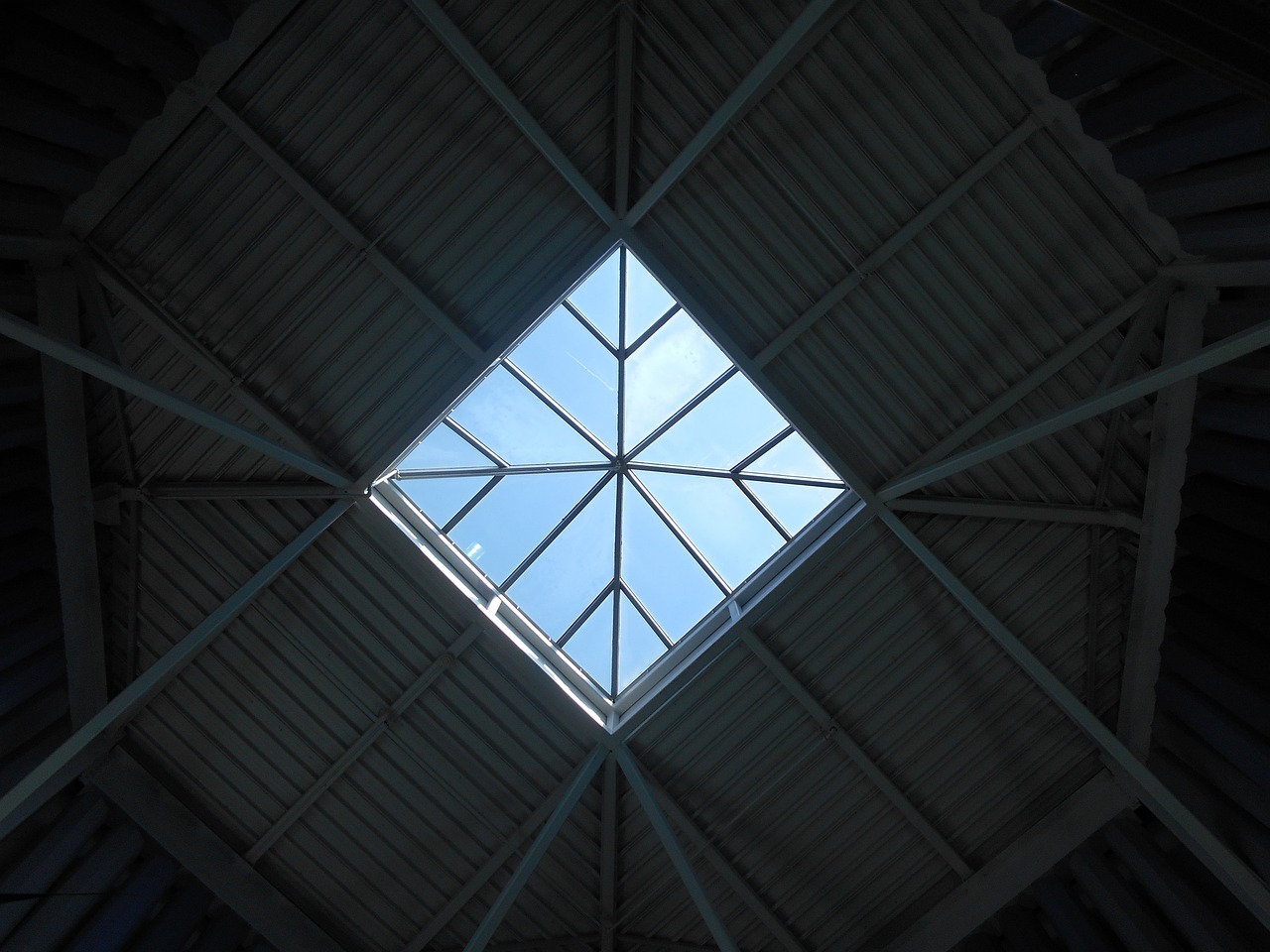As specialists in skylights and tubelights, we recognise the transformative potential that natural lighting solutions have in educational environments. An abundance of natural light can promote well-being, create a conducive learning atmosphere, and improve overall functionality in schools, colleges, and universities. In this comprehensive guide, we aim to provide educators, architects, and facility managers with insights and actionable strategies for integrating skylights and tubelights into educational institutions.
Our goal is to empower you with the knowledge and tools needed to design and construct educational spaces that prioritise well-being, sustainability, and optimal lighting conditions. Through this guide, we will examine the numerous advantages of skylights and tubelights in optimising learning environments, including their positive impact on student performance, teacher satisfaction, and energy efficiency.
Implementing skylights and tubelights in educational settings can invigorate learning environments with natural light, which is known to improve focus, boost mood, and facilitate a comfortable and conducive atmosphere for learning. By integrating these natural lighting solutions into your academic facility, you can create spaces that holistically support the educational journey.
Supporting Student Performance with Natural Light in Educational Institutions
Integrating skylights and tubelights into educational spaces can play a crucial role in supporting student well-being, productivity, and learning outcomes:
- Improved Focus and Concentration: Research indicates that exposure to natural light can enhance focus and concentration levels in students, fostering a learning environment that promotes attentiveness and academic achievement.
- Boosted Mood and Energy Levels: Natural light can contribute to a lively and enthusiastic atmosphere, increasing student energy levels and creating a positive learning environment.
- Regulated Sleep Patterns: A well-lit educational space can help regulate students’ internal body clocks, resulting in better sleep and alertness during academic activities.
Enhancing Teacher Satisfaction and Productivity with Natural Lighting Solutions
Incorporating skylights and tubelights into academic spaces can also benefit teachers and school staff by improving overall job satisfaction and productivity:
- Elevated Mood: Exposure to natural light is known to lift mood and alleviate stress, contributing to a healthier and happier work environment for educational professionals.
- Increased Productivity: Ample daylight in educational spaces can boost the alertness and efficiency of teachers and staff, leading to more cohesive and productive classrooms.
- Reduced Stress and Burnout: The positive effects of natural light can help mitigate common causes of stress and burnout in educators, resulting in a more enjoyable and sustainable work environment.
Achieving Sustainability and Energy Efficiency through Skylights and Tubelights
Skylights and tubelights can promote sustainability and energy efficiency in educational institutions, providing cost-effective and environmentally friendly lighting solutions:
- Reduced Energy Consumption: By utilising skylights and tubelights to harness sunlight, schools can reduce their reliance on artificial lighting, leading to lower energy bills and decreased environmental impact.
- Temperature Regulation: Skylights with proper ventilation help maintain a comfortable indoor temperature, reducing the need for air conditioning and further supporting energy efficiency.
- Sustainable Approaches to Education: Integrating sustainability into educational facilities through skylights and tubelights not only lessens energy consumption but also fosters greater environmental awareness among students and staff, inspiring future generations to adopt sustainable lifestyles.
Design Best Practices for Integrating Skylights and Tubelights into Educational Environments
The following design strategies can help maximise the efficacy of skylights and tubelights in creating inviting and productive learning spaces:
- Customise Solutions for Specific Needs: Evaluate each space’s lighting requirements and architectural constraints, selecting the right type of skylight or tubelight to address these factors and create an optimal learning environment.
- Balance Natural and Artificial Light: Design a harmonious blend of natural and artificial light in educational spaces, ensuring consistent and adequate illumination throughout the day and across various activities.
- Prioritise Daylight Distribution: Plan strategically to maximise daylight distribution in learning spaces, taking into account factors such as building orientation, window size, and surrounding structures.
Conclusion
Incorporating skylights and tubelights into educational environments can profoundly influence student performance, teacher satisfaction, and overall sustainability. By embracing the power of natural light and harnessing its benefits for learning spaces, you can contribute to a brighter and more productive future for the next generation.
If you’re inspired to infuse the potential of skylights and tubelights into your educational institution, our team at Garron Skylights is excited to work with you toward that goal. Together, we can create learning environments that prioritise well-being, sustainability, and optimal lighting conditions for the success of both students and educators. Connect with us today to request a skylights installation.
